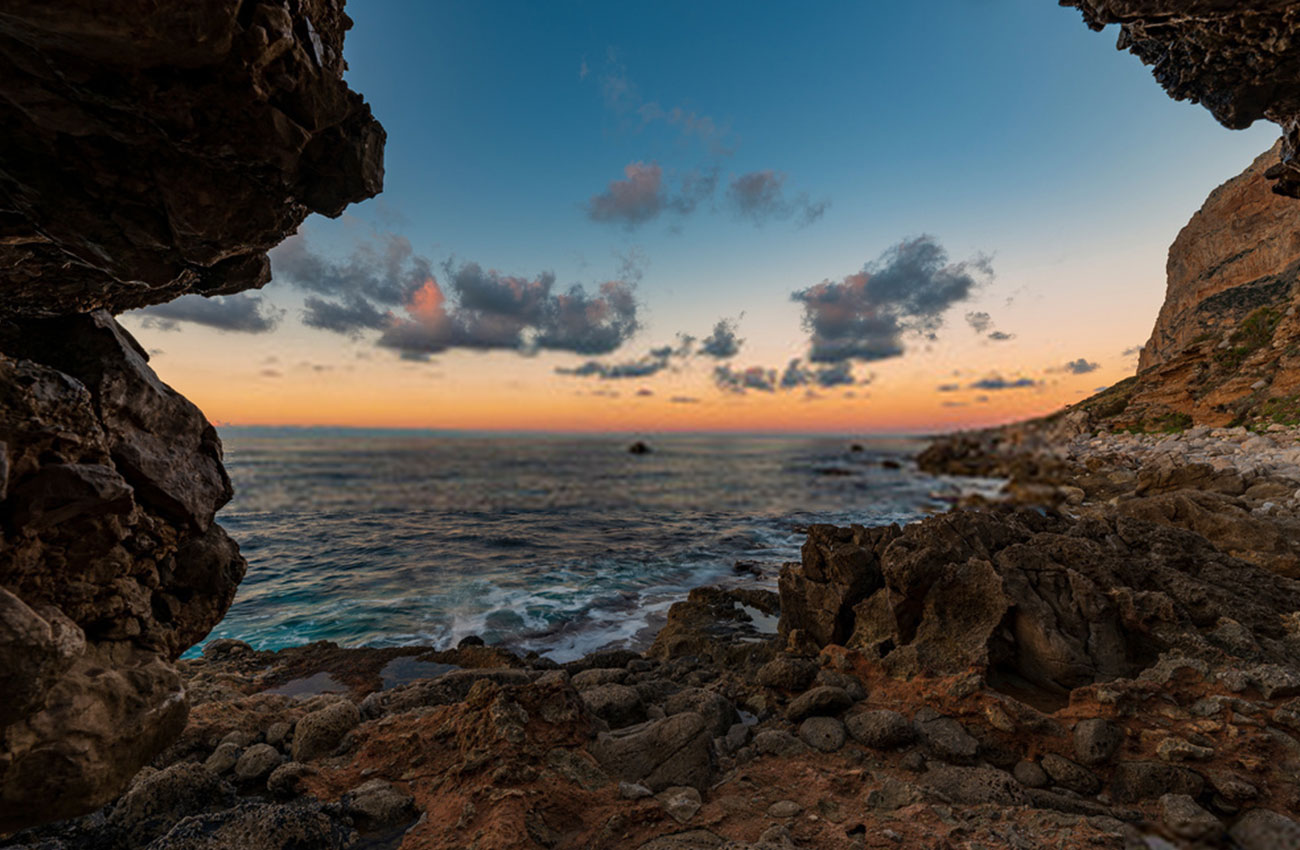
The Capo Gallo Reserve: a place to discover and respect
Capo Gallo natural reserve, located in Palermo, was established in 2001 and included in the larger Capo Gallo – Isola delle Femmine Marine Protected Area in 2002.
It covers approximately 585 hectares, and includes Monte Gallo, the surrounding zones, and the marine area. Its management is entrusted to Dipartimento Regionale dello Sviluppo Rurale e Territoriale.
Its management is entrusted to Dipartimento Regionale dello Sviluppo Rurale e Territoriale. The area is divided into two zones, Zone A, which is the actual reserve, and Zone B, which surrounds Zone A and serves as protection for the reserve or pre-reserve, where specific rules and prohibitions are in force, thanks to which it is possible not to damage the environment. Cultivation and agricultural–pastoral activities are possible within the reserve and, in line with the protected area, measures are also implemented to conserve and protect the natural and landscape heritage.
The Reserve has several access points
– the first, to the East, from the Mondello Tower, following a coastal path that reaches the Capo Gallo lighthouse;
– the second to the West, from contrada Barcarello in Sferracavallo, along a short path;
– the third, to the South, through a municipal road allows you to reach an altitude of 527 metres (above sea level) to see the so-called “semaforo“, a military lookout post.
Flora and fauna
Capo Gallo is an area of interest for its flora and fauna, but also for its geological and archaeological heritage. As far as the terrestrial flora is concerned, the Mediterranean scrub, small trees, such as dwarf palms, some evergreen shrubs, for instance the holm oak, as well as species exclusive to Sicily, such as Capo Gallo chamomile and sparviere siciliano, are worth mentioning.
The terrestrial fauna includes small birds, such as the blackbird and the wood pigeon; small mammals, such as the wild and domestic mouse, the Sicilian shrew and the wild rabbit. In addition, two species of birds choose this place for wintering, the robin and the little loon. Finally, migratory birds, including the white stork, the cuckoo and the peregrine falcon, should also be mentioned. Finally, there is a small amphibian, which is the symbol of the reserve: the Sicilian emerald toad.
The seabed is populated by numerous species of colourful fishes, a colony of corals that reaches a depth of about 70 metres, and numerous species of marine vegetation, including sea fennel, Limonium panormitanum and Posidonia oceanica.
What, however, characterises the Capo Gallo Reserve is the so-called “Vermetus pavement“, i.e. a series of gastropod molluscs welded together, which originate in those environments where the water quality is high. This demonstrates that, despite the high pollution rate in the Gulf of Palermo, it is crossed by very clean currents that create an ecosystem rich in biodiversity.
The caves
The nature of the rocks in the Reserve is karstic, and the sea has moulded them into the most imaginative shapes, even creating fascinating caves, such as the Grotta dell’olio, which can be easily reached by canoe and where it is possible to admire the transparent cobalt blue sea and its seabed full of fish swimming undisturbed.
There are also numerous caves on the surface, including the Grotta dei Caprai, where you can observe linear engravings from the Palaeolithic period, the Pozzetto di Pizzo Sella, of speleological interest, and the Grotta Perciata, where some remains of fossil vertebrates have been found.
However, the most interesting cave from an archaeological point of view is the Grotta Regina, which proves that the mountain was already inhabited in the Palaeolithic period. The cave was probably used as a Punic rocky sanctuary and contains numerous inscriptions and drawings from different periods, dating from between the 7th century BC and the 2nd century AD.
It is possible to recognise drawings of a bear, a warrior and three ships, as well as supplications written in the Punic language. However, the discovery of pottery testifies to the passage of Romans, Arabs and medieval colonists.
Last, but not least, historical evidence is the discovery in the seabed of a wreckage of a Carthaginian ship with a cargo of amphorae.
Activities
The activities offered by the Reserve are very varied:
- for trekking lovers, there are numerous paths of varying difficulty and duration, which allow you to discover the most hidden and spectacular sides of the Reserve, such as the path that goes up to Piano dello Stinco, which allows you to reach one of the points where the view before your eyes is certainly unforgettable.
- It is also possible to rent inflatable boats to reach the most crystal-clear and least frequented points of water, where you can enjoy an excellent moment of relaxation. The entrance to the Grotta dell’Olio (Oil Cave) can be reached by boats, but you can enter only by swimming so as not to damage the interior.
- Finally, you can go on diving excursions to admire all that the seabed has to offer.
The Capo Gallo Reserve is a place to discover, but also to protect and respect. Its ecosystem, already fragile and at risk due to climate change, must not be further deteriorated by the hand of man.


